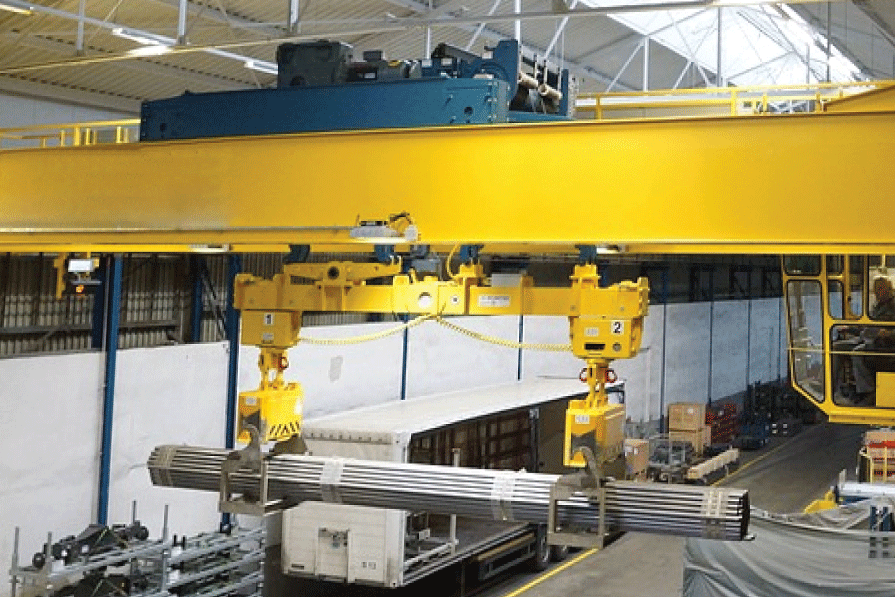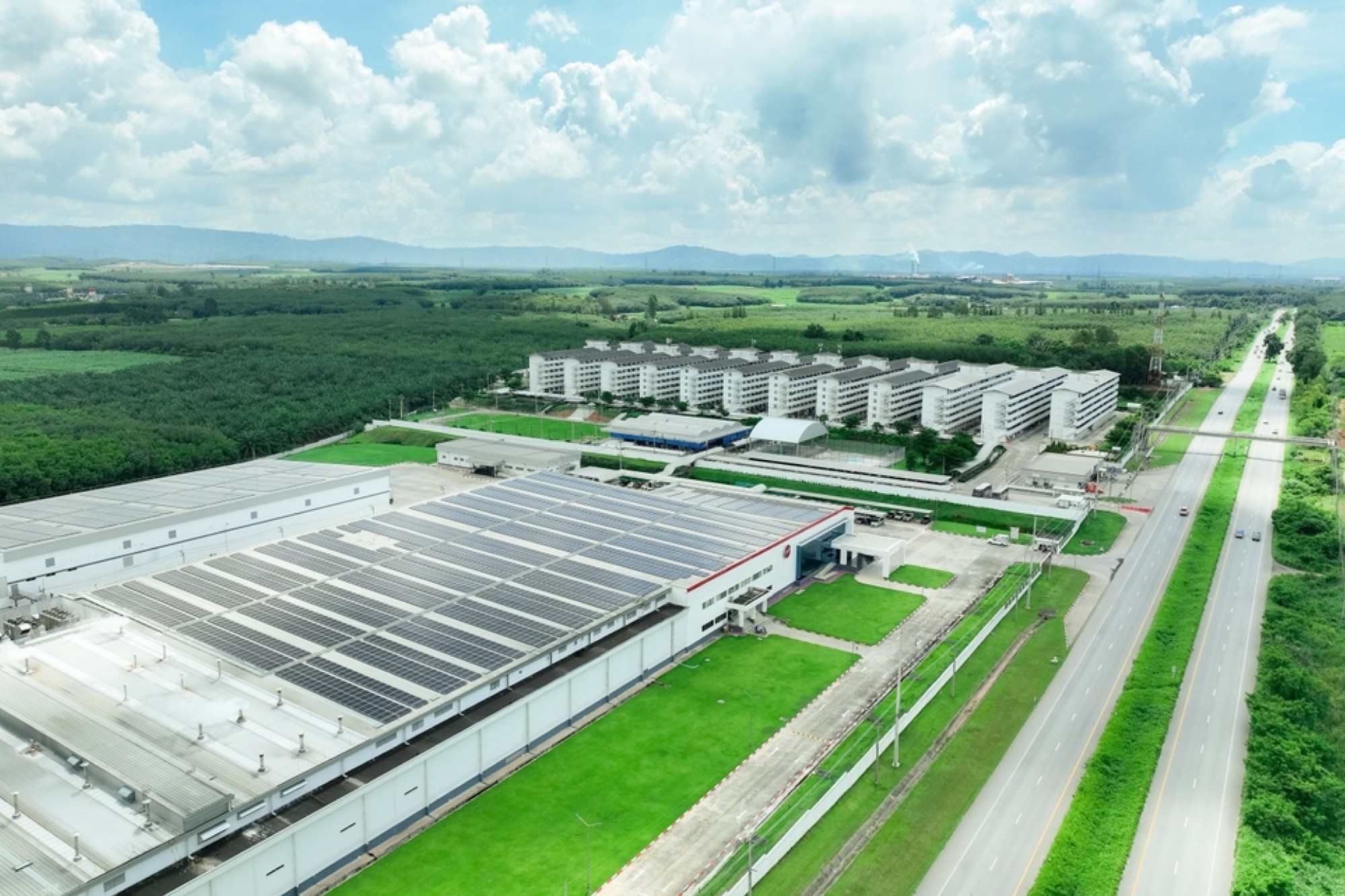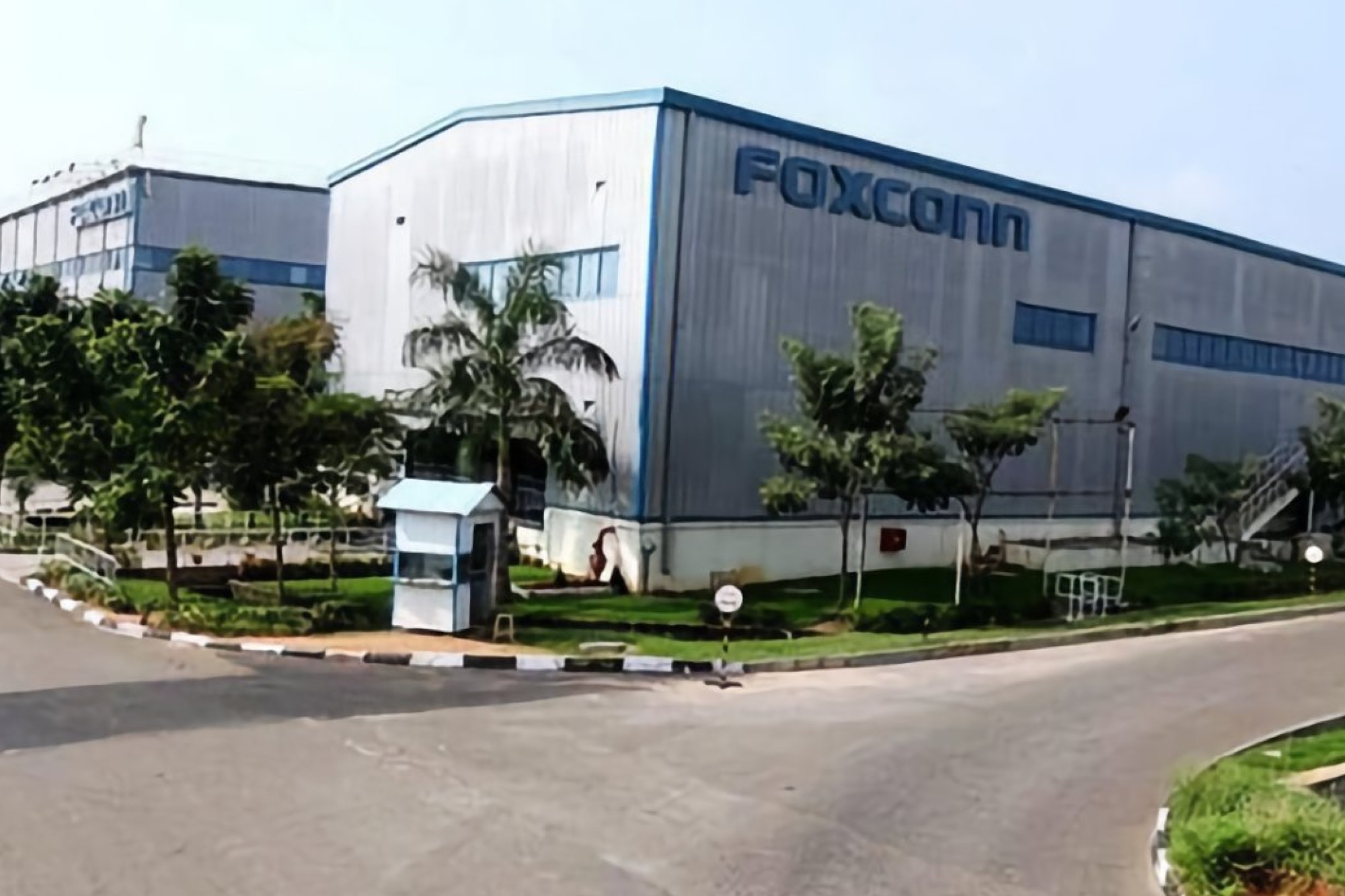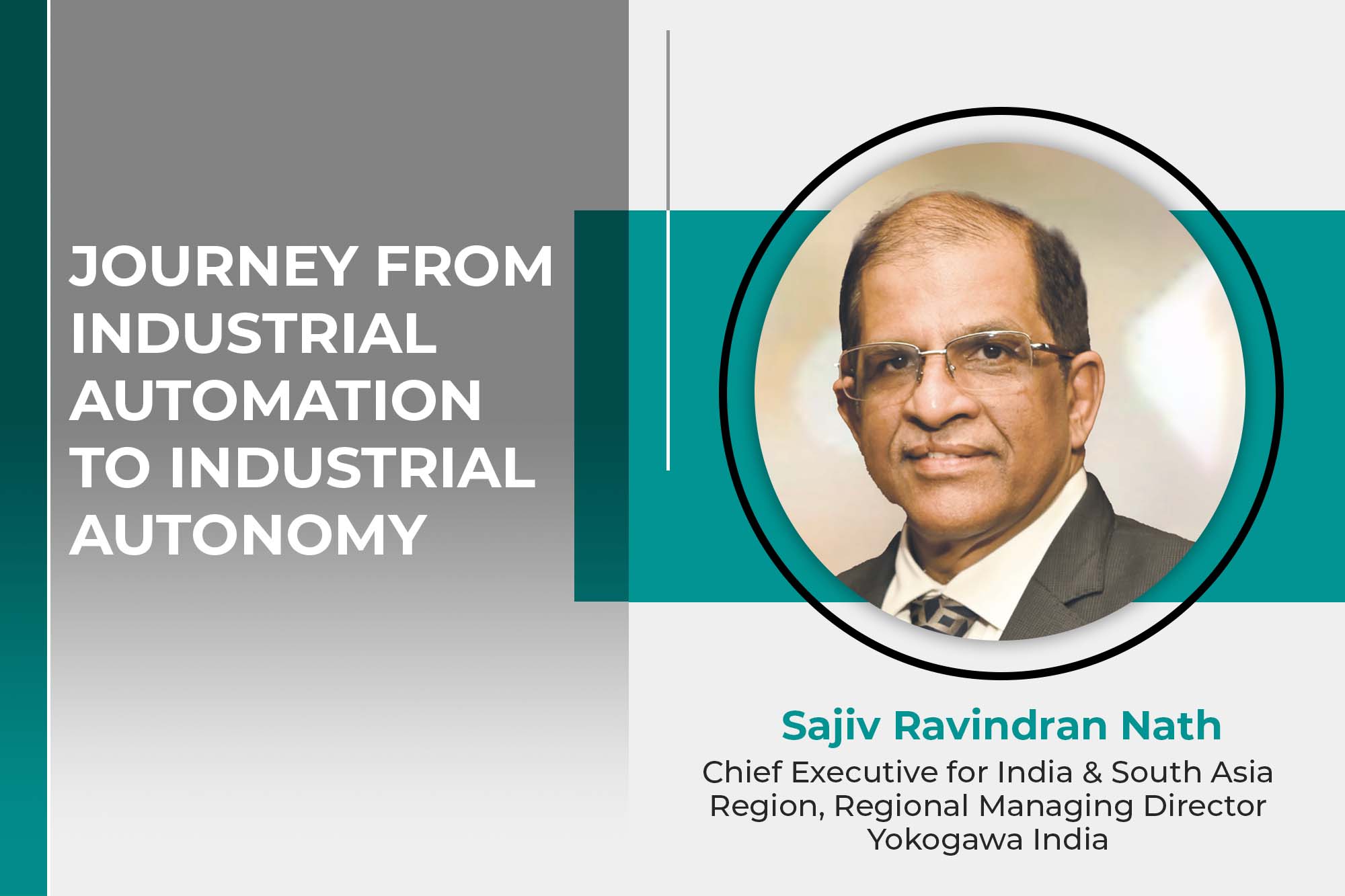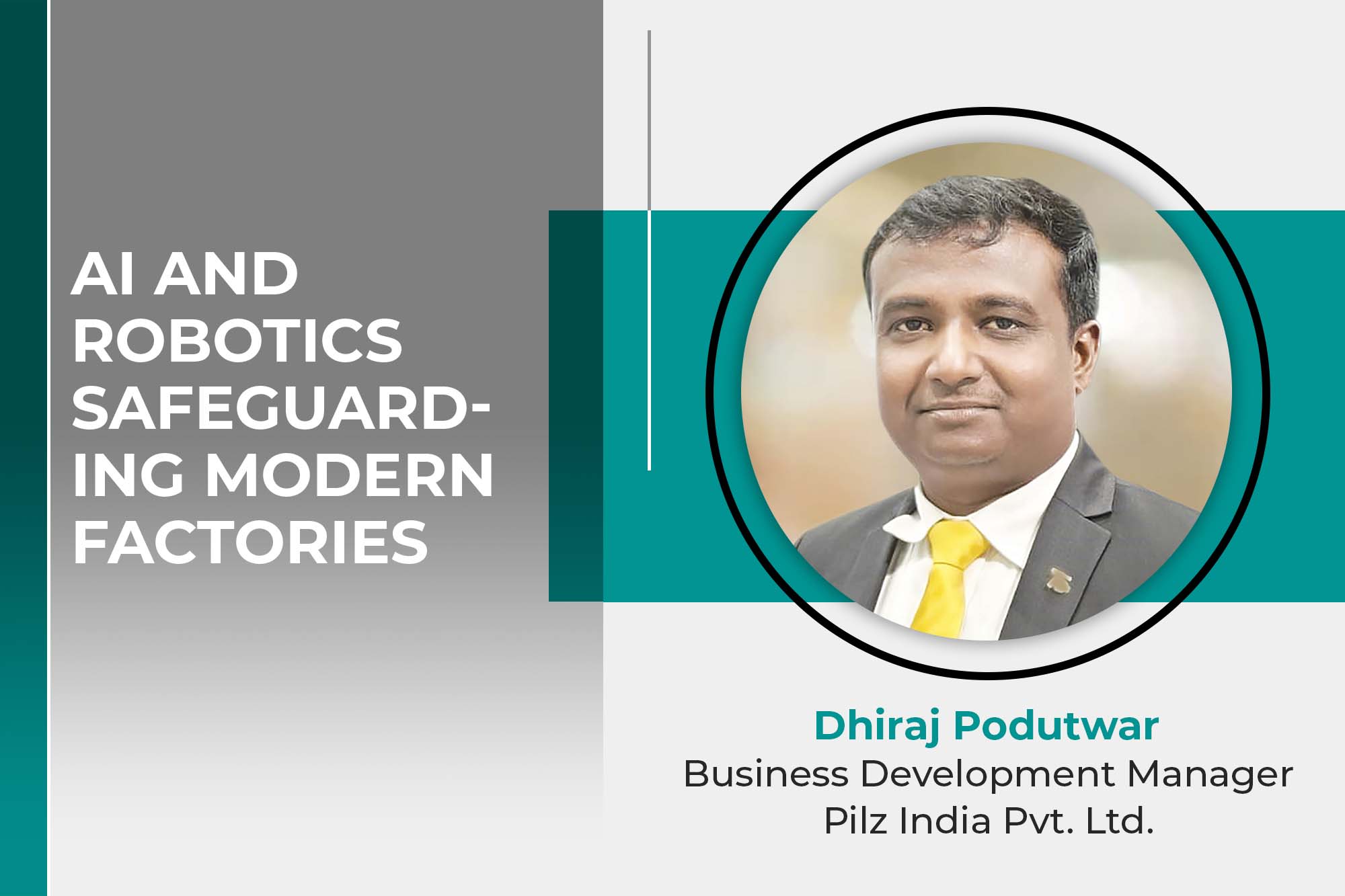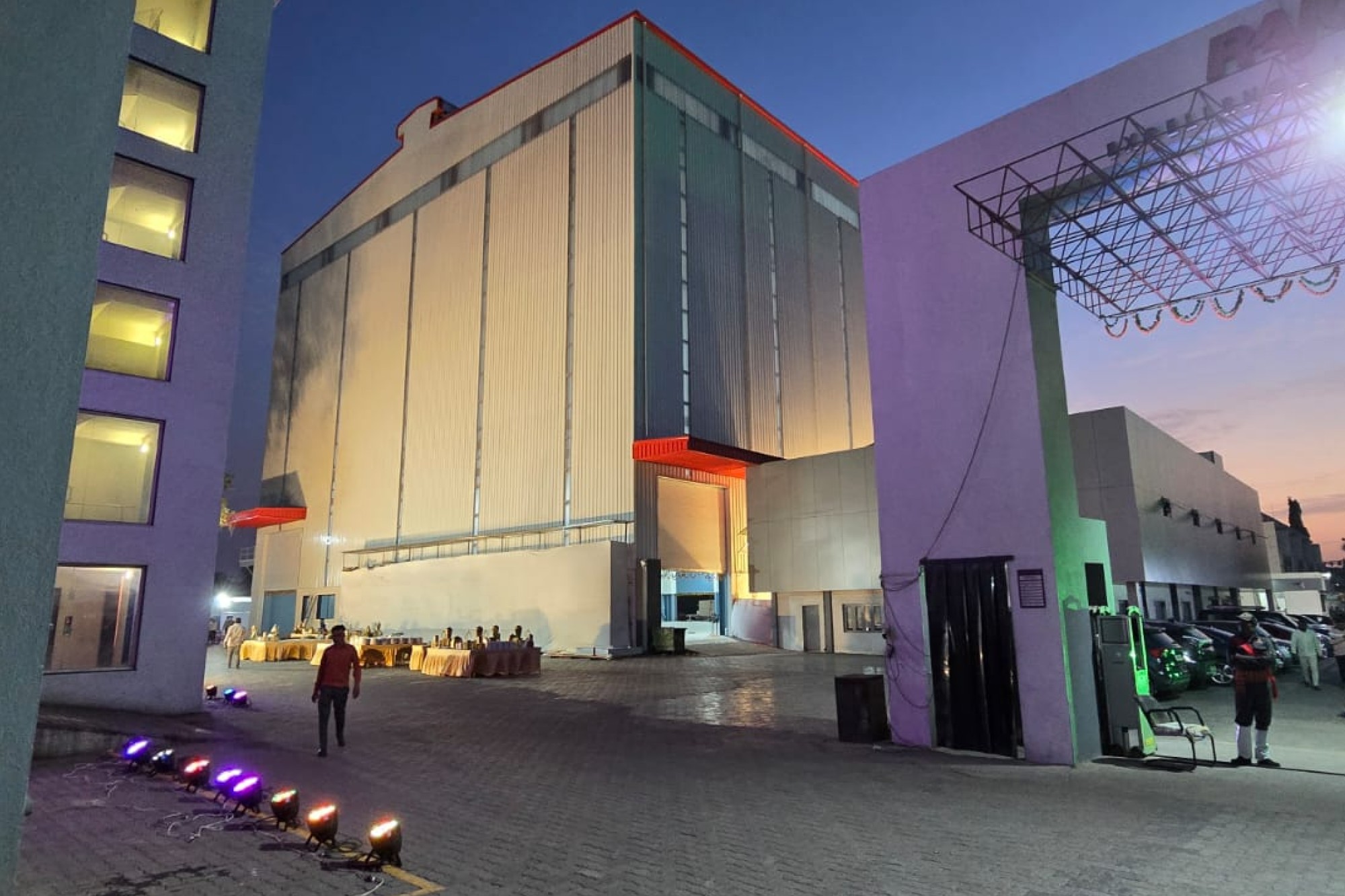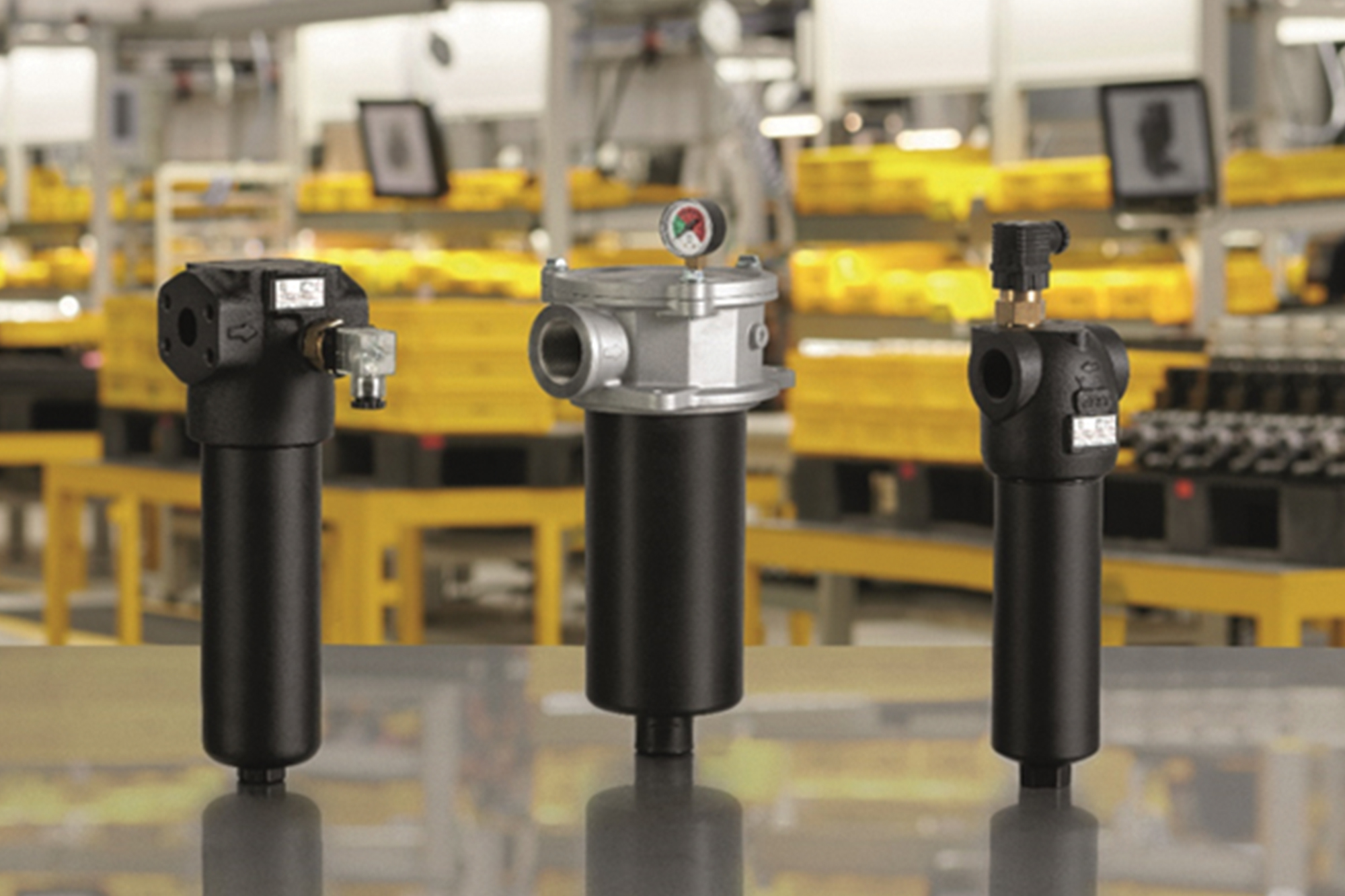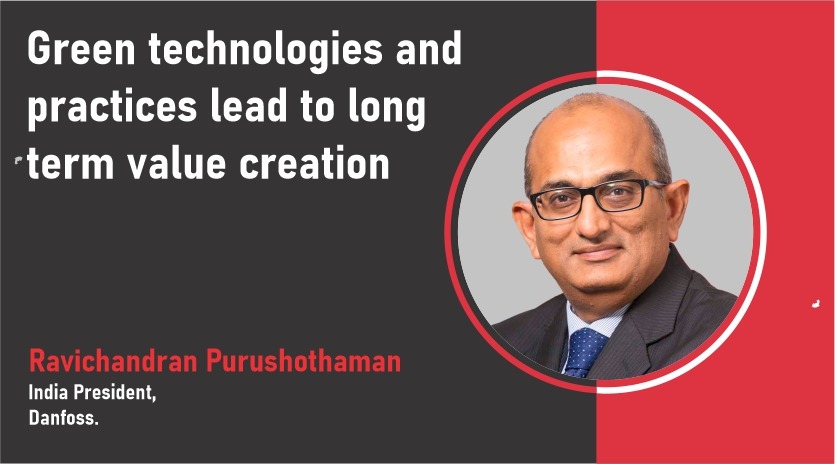Lifting speed, efficiency and productivity
By OEM Update Editorial February 9, 2019 12:37 pm IST
An industrial analysis on how the speed affects the productivity and efficiency of cranes, and the safety measures taken to avoid any untoward incidents in the industries.
Electric overhead travelling crane, also called as EOT crane, is one of the most common types of overhead cranes used in the industries to increase and enhance productivity by simplifying complicated tasks.
Influence of speed in crane’s efficiency and productivity
Some consider that an increase in crane’s speed results in more efficiency and productivity. But some have a different viewpoint altogether. Sanjay Vijan, Director of Astavinayak Cranes and Equipments LLP, says, “Yes! More the speed, more the efficiency! We should take into account the load bearing of the winches. If the cranes are too slow when compared to its load
bearing capacities, then the production would be stalled.”
The speed depends on the winch and the motor drive. The winch motors have to be of the best quality. So, if the capacity of the winches is higher, the loads and speed of the cranes would also increase.
However, Dinesh Sindhwani, Senior Sales Manager, Pioneer Cranes & Elevators Pvt Ltd has a different opinion: “No! Speed depends on the application.” He adds, “For example, cranes in steel plants require more speed. Since the equipment needs to work for the whole day, more speed would result in better productivity and work can be done faster.” But in case of moulding and die machines, Dinesh says, slow speed EOT cranes are required, because precision is important. If the speed of the crane is fast, work will not happen properly.“So it all depends upon application.”
Modernising old cranes
Vijan says that old cranes can be modernised because the steel structures are very efficient. “You only need to replace the tracks with modern ones along with the electrical components and winches, which is the heart of EOT cranes.
However, he suggests that there is no need to replace the entire system. “It is better to replace the parts and components instead of the entire crane. If the structure of the crane is in a perfect condition, then you can utilise it,” he adds. Basically, all EOT cranes have the same structure. “If we take Industry 4.0 into consideration, it is nothing but latest components and electronics. So, you can replace the control panel, electronics and the winches on the existing cranes and it should work just fine,” he adds further.
Meanwhile, Dinesh says that there is a feature called Variable Frequency Drives (VFD), which can control the speed of EOT cranes. “It is being used in the modern cranes and was not used in the older ones.”
Safety considerations“First and foremost concept of the safety is the overload,” says Vijan. “Secondly, the electronic components and winches are tested at regular intervals.If the overhead cranes having big capacities are stalled, the entire production line suffers. And also, it increases the risk of accidents if it is not tested properly.”
Safety is of top priority right now because human lives matter more than the machine. If the safety is not taken into consideration, it will hamper the entire production line. If you have perfect components, then the things will be fine.
However, Dinesh explains that there are different aspects that need to be considered. “First thing is limit switches, which are critical components of overhead crane safety. Apart from that, there are different features available in VFD, which are automated and doesn’t require any additional settings. Also, there’s a function for overload as well. It stops the operation when the load is more than the capacity of the crane. Also, if the current is more, it will stop the crane automatically.”
If there are two cranes working on the same rail, anti-collision device can be implemented to avoid collision. In a working environment, the labours may not be aware about how to use the crane. So, in such situations, parameters (in meters) can be set for cranes so that the cranes do not come in contact with each other.
Meanwhile, Dinesh is of the opinion that safety is top priority right now. “Everyone is concerned about safety because crane is a critical item. Consider a crane weighing 20 tonnes or 50 tonnes or even
1 tonne. If that load falls on a person, it would result in a fatal accident. So, the safety aspect is given utmost importance nowadays.”
However, he suggests that some people look at the economic aspect and sacrifice on safety. “So, according to me, this should not happen and safety must be given utmost importance or priority while selecting a crane,” he concludes.
You can replace the control panel, electronics and the winches on the existing cranes and it should work just fine
Sanjay Vijan, Director of Astavinayak Cranes and Equipments LLP,
If the crane needs to be upgraded, replacing the entire system would be better instead of modernising it
Dinesh Sindhwani, Senior Sales Manager, Pioneer Cranes & Elevators Pvt. Ltd.
Cookie Consent
We use cookies to personalize your experience. By continuing to visit this website you agree to our Terms & Conditions, Privacy Policy and Cookie Policy.



